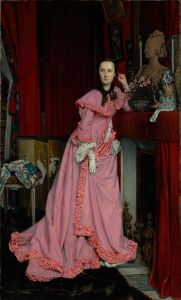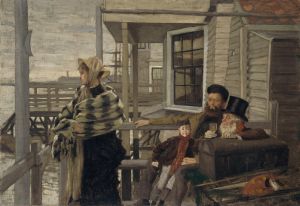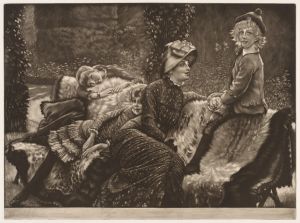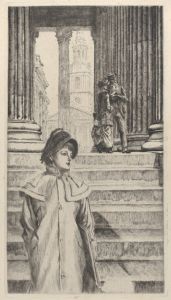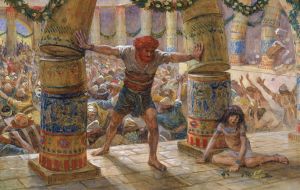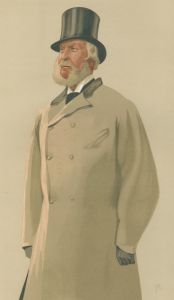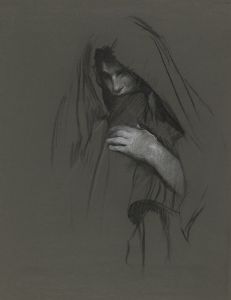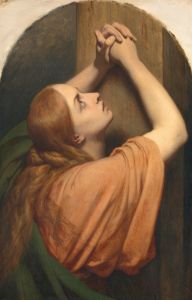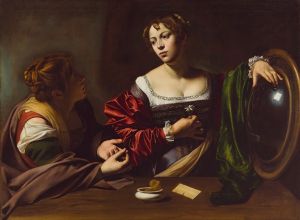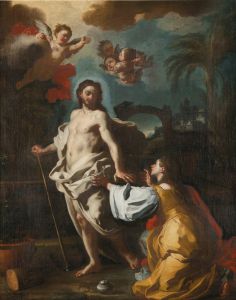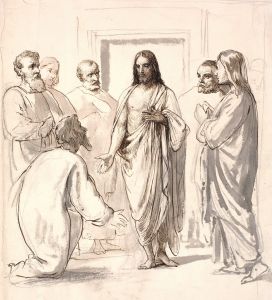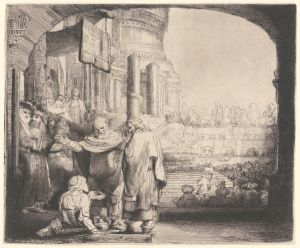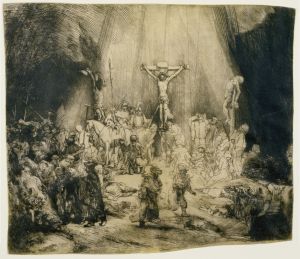
Jesus, Mary Magdalene, and Martha at Bethany
A hand-painted replica of James Tissot’s masterpiece Jesus, Mary Magdalene, and Martha at Bethany, meticulously crafted by professional artists to capture the true essence of the original. Each piece is created with museum-quality canvas and rare mineral pigments, carefully painted by experienced artists with delicate brushstrokes and rich, layered colors to perfectly recreate the texture of the original artwork. Unlike machine-printed reproductions, this hand-painted version brings the painting to life, infused with the artist’s emotions and skill in every stroke. Whether for personal collection or home decoration, it instantly elevates the artistic atmosphere of any space.
"Jesus, Mary Magdalene, and Martha at Bethany" is a painting by the French artist James Tissot, known for his detailed and evocative biblical scenes. Tissot, born Jacques Joseph Tissot in 1836, was a prolific painter who initially gained fame for his depictions of fashionable society in Paris and London. However, in the latter part of his career, he turned his focus to religious themes, producing a series of works that illustrate scenes from the Bible.
This particular painting is part of Tissot's ambitious project to illustrate the New Testament, a series that he worked on after experiencing a religious awakening in the late 1880s. The series, known as "The Life of Christ," consists of over 350 watercolors and was completed between 1886 and 1894. Tissot's works are noted for their meticulous attention to detail and historical accuracy, as he conducted extensive research and traveled to the Middle East to ensure the authenticity of his depictions.
"Jesus, Mary Magdalene, and Martha at Bethany" portrays a scene from the New Testament, specifically from the Gospel of Luke (Luke 10:38-42) and the Gospel of John (John 11:1-44, 12:1-8). The narrative describes Jesus visiting the home of Martha and Mary in the village of Bethany. In the Gospel of Luke, Martha is described as being busy with the preparations for Jesus' visit, while Mary sits at Jesus' feet, listening to his teachings. Martha, feeling overwhelmed, asks Jesus to tell Mary to help her, to which Jesus responds that Mary has chosen the better part by focusing on his words.
In the Gospel of John, the story of Jesus at Bethany is expanded with the account of the raising of Lazarus, the brother of Mary and Martha, from the dead. This event is one of the significant miracles attributed to Jesus in the New Testament. Additionally, the Gospel of John recounts an episode where Mary anoints Jesus' feet with expensive perfume, an act of devotion that foreshadows his impending death and burial.
Tissot's painting captures the intimate and contemplative atmosphere of these biblical narratives. His use of color, light, and composition reflects his desire to convey the spiritual significance of the scene. The figures are rendered with a sense of realism and emotion, drawing the viewer into the moment of interaction between Jesus and the two sisters.
The painting is part of the collection at the Brooklyn Museum in New York, which acquired Tissot's complete series of New Testament illustrations in 1900. The museum's acquisition of these works has allowed for a broader appreciation of Tissot's contribution to religious art and his unique approach to biblical storytelling.
Tissot's "Jesus, Mary Magdalene, and Martha at Bethany" remains an important work for its artistic merit and its role in illustrating the life and teachings of Jesus. Through his detailed and thoughtful portrayal, Tissot invites viewers to reflect on the themes of faith, devotion, and the human experience as depicted in the biblical texts.






